- Mattresses
-
-

Promotion
-
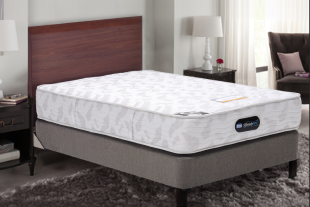
New Collection
-
- Bedframes and Accessories
-
-
Simmons Pillow Learn More
-
Choose your base Learn More
-
- Promotion
- Corporate
- Hospitality

Promotion

New Collection
Simmons Pillow Learn More
Choose your base Learn More

Info
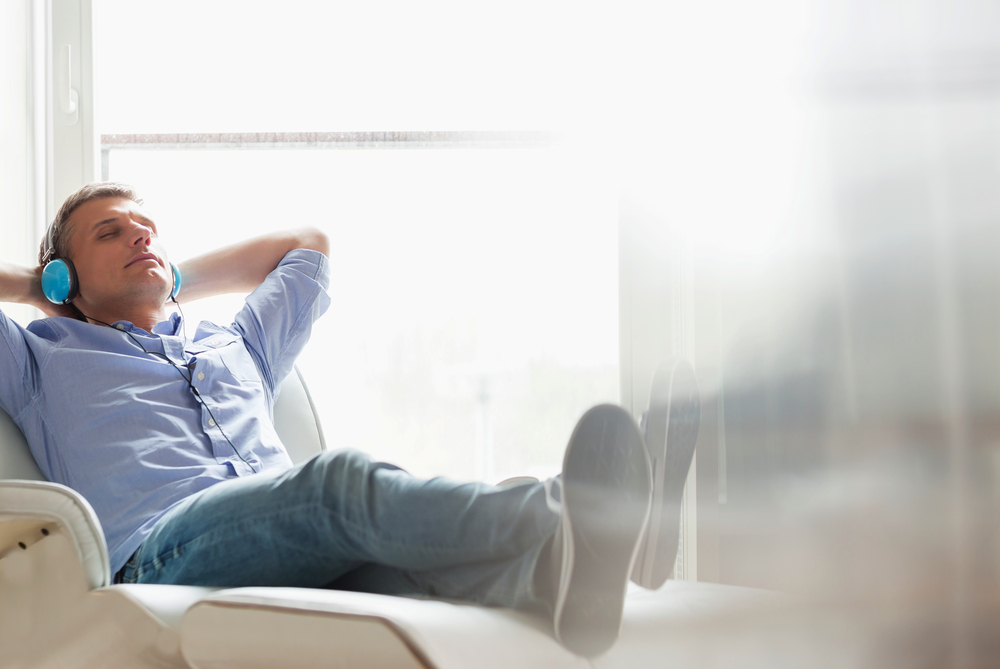
A chair with a backrest that could lean back. Who would have thought this simple idea would give way to one of the world’s most iconic (and comfortable) pieces of furniture? And it wasn’t even originally intended for home use!
The French got your back
The French had the right idea when they first introduced a portable reclining camp bed in the mid 1800s. This early version of the recliner was made of steel, had padded armrests and could be used as a chair, a chaise lounge and a bed. Although it’s unclear if French emperor Napoleon III owned the first reclining chair, it was reported that he was one of the first to own one.
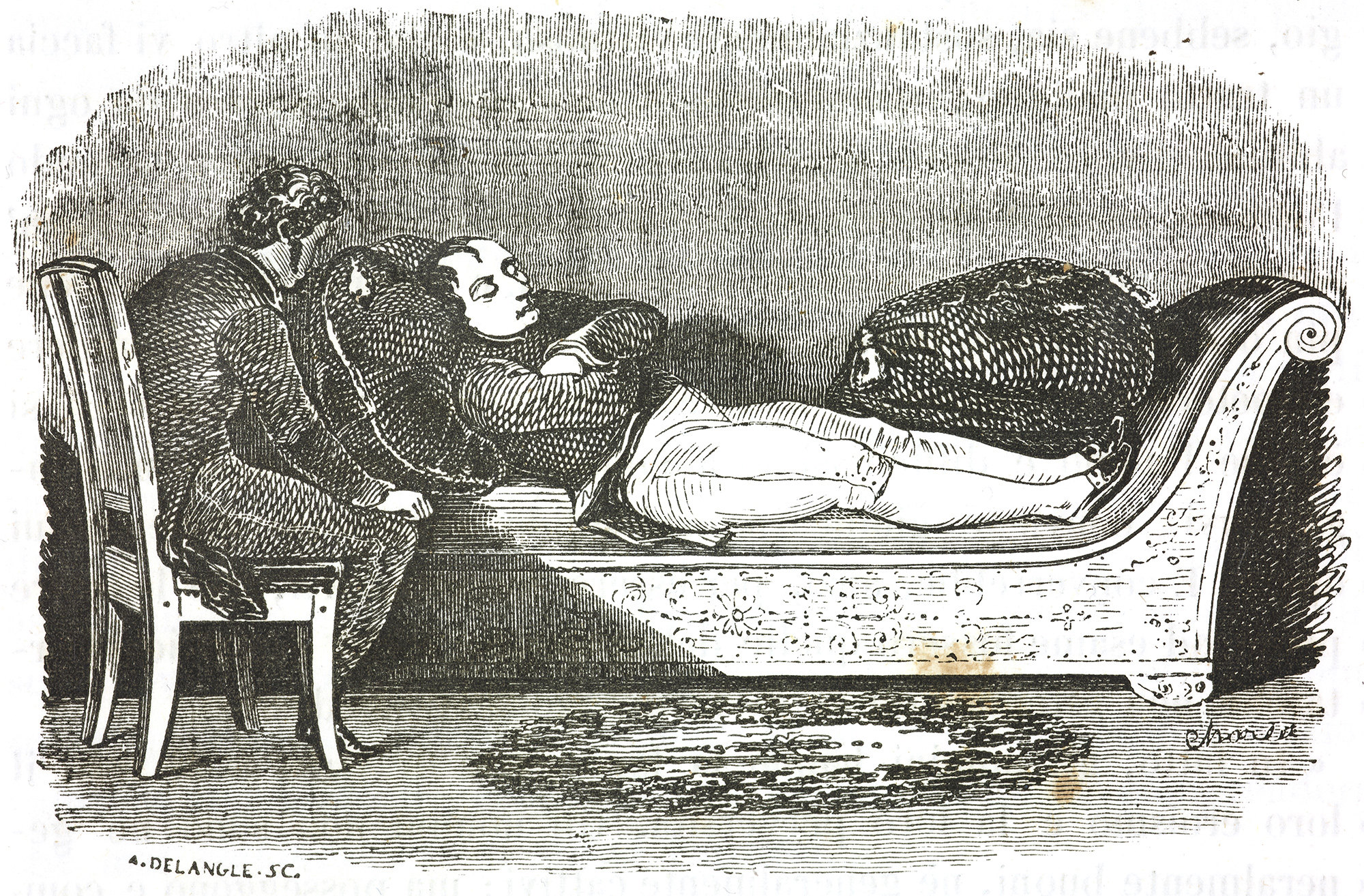
A chair for all shapes and sizes
By the late 1800s, the reclining concept caught on with motion chairs and this new iteration of the recliner was made from wood with padded seats and backs.
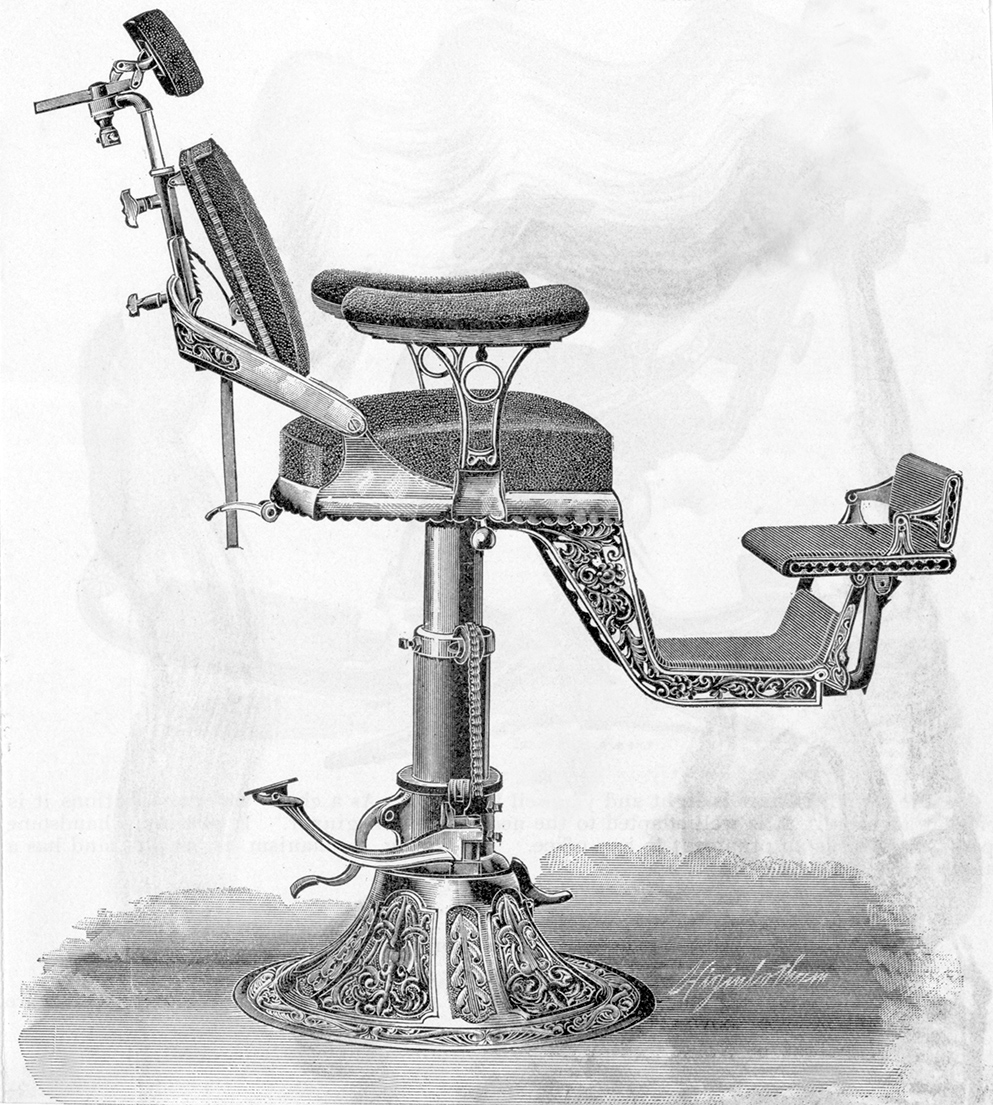
THE DENTIST’S CHAIR, 1880 (GETTY IMAGES)
But the early recliners were less about comfort and more about function. Believe it or not, they were first advertised as medical aids and were mostly used by doctors. The majority being produced were made by medical device companies and marketed as a multifunction chair that doubles as an operating table, making it useful for dentists, surgeons and gynecologists. What made the recliner such a hit in the medical field was its ability to accommodate people of different shapes and sizes. Doctors previously had to have different-sized chairs for different patients. With the introduction of the recliner, they only needed to have one chair, and their patients were also able to sit more comfortably — especially at the dentist’s!
Ideal for the home
The recliner received another facelift in the 1900s when it branched out from the medical field into the consumer market. Innovators decided to focus on its relaxation benefits and redesign it for personal home use. Some versions even featured attachments for tables, reading desks and lights and side panels that opened up to allow you to exit the chair from the sides. The early functions of these home recliners are closer to what we see in modern recliners today: a reclining back with adjustable positions and leg rests.
TV revolution
Perhaps the most important milestone for the recliner happened in the 50s in America when the television entered every household. As more and more people stayed home and tuned in, the demand for comfortable seats peaked.
The recliner got another upgrade geared towards making it comfortable to sit on for long periods of time. The usual minimal padding design received a complete upholstered makeover, and the reclining technology improved, too. The new version featured a reclining mechanism that didn’t require a button or a lever to adjust, making it even more convenient to use. People merely had to sit back, and the backrest would recline and lock automatically. At its peak, one manufacturer was churning out close to 30,000 recliners per week! Sales went from US$2 million to US$50 million between 1961 to 1970.
Design-wise however, there was still room for improvement. Treated more as conversation pieces, these early recliners had designs that stood out instead of fitting in with the rest of the furniture. Early versions featured tacky designs like checks and stripes in drab colours. They were also bulky and took up a lot of space. Think of Martin Crane’s recliner on the 90s sitcom Frasier. It sat in the living room in its full green-and-brown striped glory, completely out of place in his son’s chic and modern apartment.
The “dad chair”
For a long time, the market for recliners was mostly males – fathers, to be exact. Advertisements from the 50s to the 80s often depicted dads lounging on recliners, leading to the chair being universally branded as the “dad chair”. Its potential as a chair for everyone had yet to be tapped.
Modern-day recliner
Since its first introduction in the 1800s, the recliner has proven its staying power. In fact, the recliner industry in the US is projected to reach US$6.65 billion by 2021. And the good news is that it’s also no longer marketed as a chair for dads. Today’s recliner is fully adaptable to modern lifestyles and suits all ages, and comes available in a variety of sizes, colours and materials to go with every room size and household.
The latest ones now feature contemporary designs meant to fit right in with the rest of your furniture and decor. They come in luxe leather upholstery that’s easier to maintain and lasts longer than traditional fabric. You can also pick a colour to match your interiors. Smart designs have also allowed manufacturers to scale down the size without compromising on comfort and function. Modern recliners are sleeker and more compact compared to their bulky predecessors.
More than just a chair
Having perfected the science of comfort in a chair, the latest recliner also features enhanced health benefits. While recliners are suitable for everyone, they are also especially useful for people with limited mobility, allowing them to sit and get up with ease. Modern reclining mechanisms are fully adjustable to meet different preferences – you can find your optimal sitting (and napping) positions with a simple flick of your hand.
Some recliners in the market include built-in massage functions, and others even offer integrated holders for mobile devices. Then there are those that come with footstools for comfortable leg support for added relaxation or a swivel base that allows for smooth rotation and gentle rocking function. Whether you’re a football fan, a gamer, a nursing mom or just someone who enjoys a good old paperback, there is a recliner for you.
This versatile chair has come a long way from its French camp bed roots and will certainly last generations more.
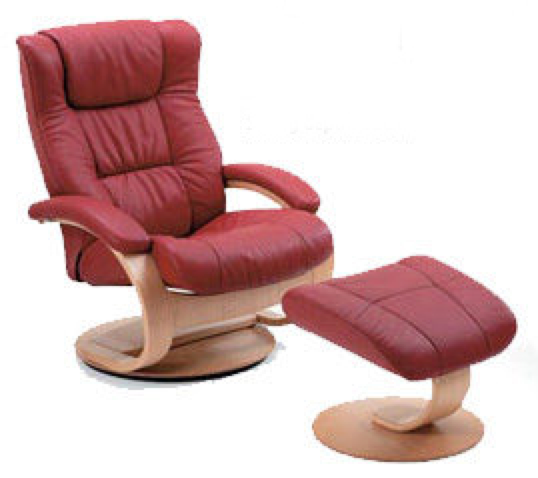
The Fjords® Boss C30 Recliner is a classy choice for the modern home. Crafted to meet international standards, the Fjords® Boss C30 Recliner is made with top-quality leather and features a unique Active Release System™, allowing you to adjust the angle of your recliner for optimum neck and back support. It also has a stylish C-Base, which gives it a gentle rocking function and a 360° swivel base that lets you rotate with ease. The Fjords® Boss C30 Recliner also comes with a footstool for comfortable leg support, bringing you comfort from head to toe.
You can see how this popup was set up in our step-by-step guide: https://wppopupmaker.com/guides/auto-opening-announcement-popups/
You can see how this popup was set up in our step-by-step guide: https://wppopupmaker.com/guides/auto-opening-announcement-popups/
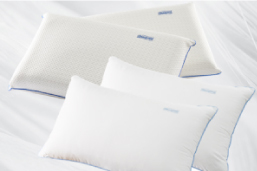
You can see how this popup was set up in our step-by-step guide: https://wppopupmaker.com/guides/auto-opening-announcement-popups/
Tight stairways and narrow lifts may pose difficulties in the delivery of this large product. If you are unsure if your environment can accommodate the delivery of this product, please indicate this in the “Special Remarks” section of the check out page. Our team will gladly send down a specialist to analyse the situation and advise you accordingly.
You can see how this popup was set up in our step-by-step guide: https://wppopupmaker.com/guides/auto-opening-announcement-popups/
You can see how this popup was set up in our step-by-step guide: https://wppopupmaker.com/guides/auto-opening-announcement-popups/